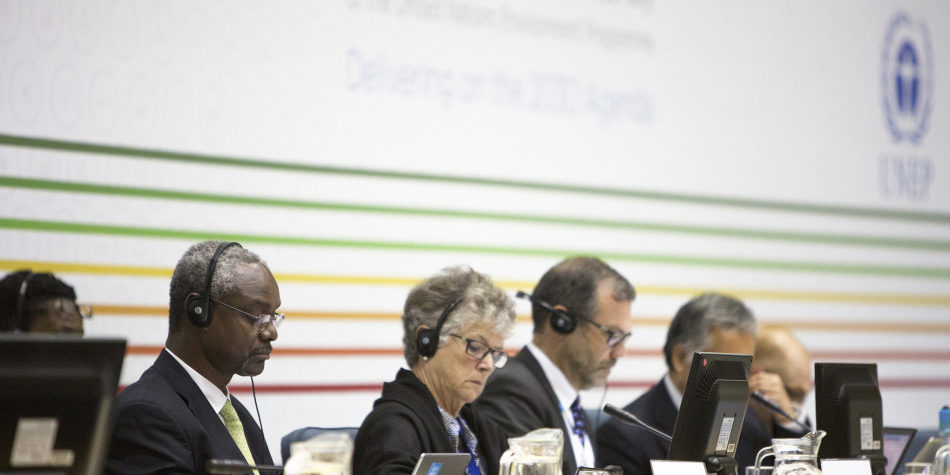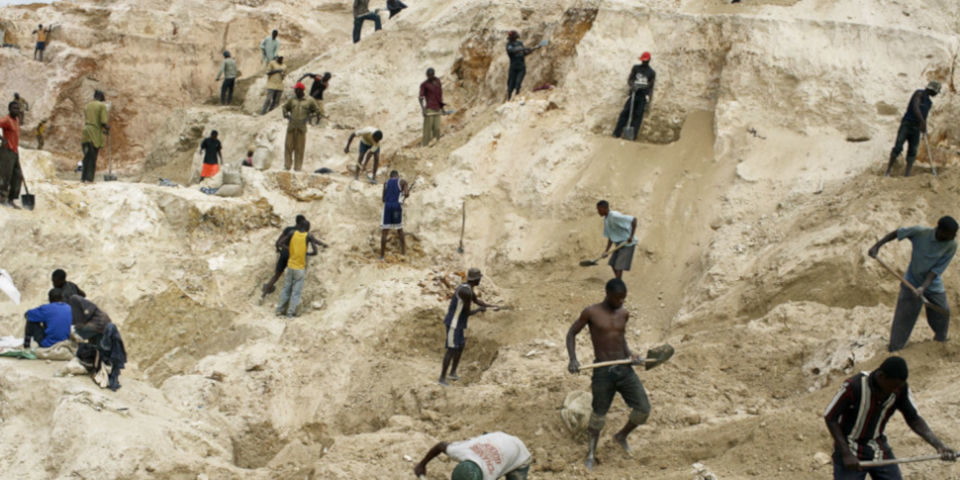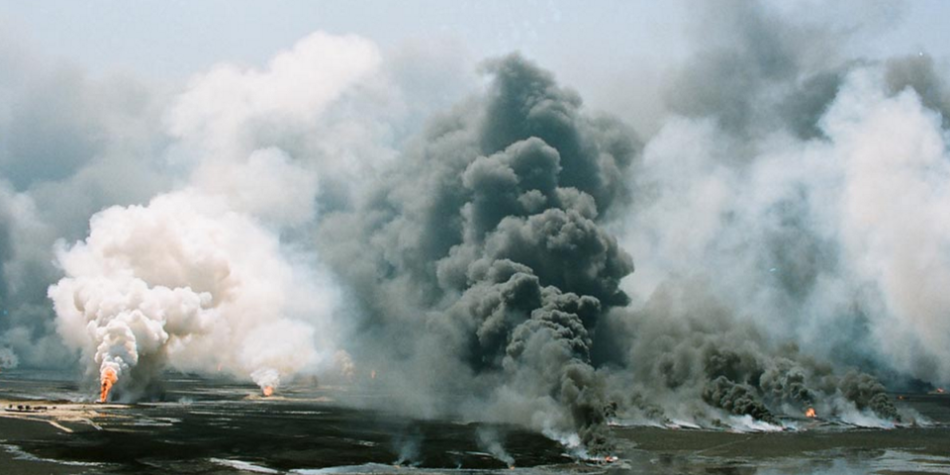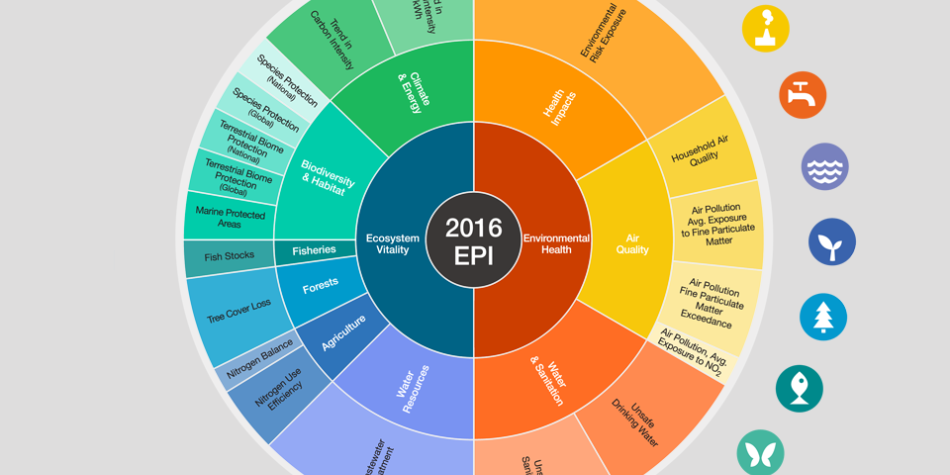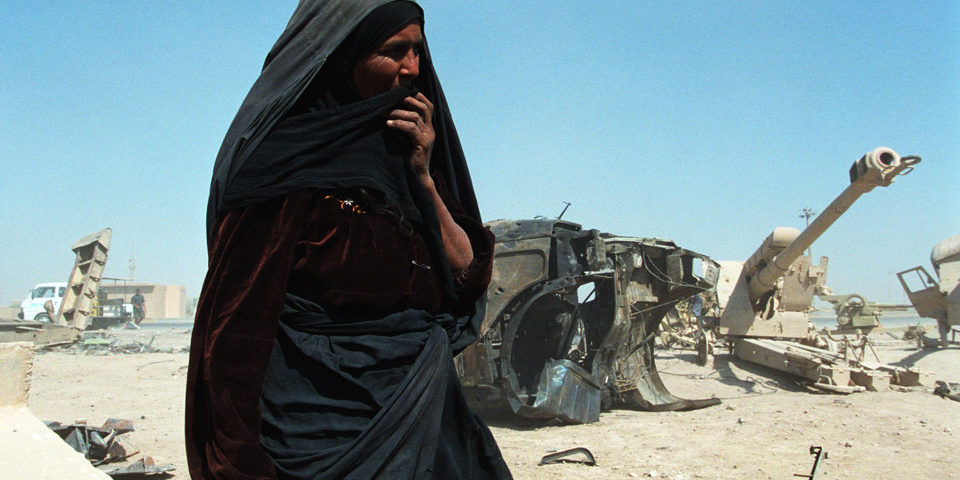We need to talk about conflict and the environment
The passage of a wide-ranging resolution on the environmental and humanitarian consequences of armed conflicts at UNEA last month has helped to affirm that progress on this oft neglected issue may at last be possible. This blog explores why this is an auspicious time for work on conflict and the environment; how the resolution could bring together civil society, and what states and UNEP could do to facilitate this.


